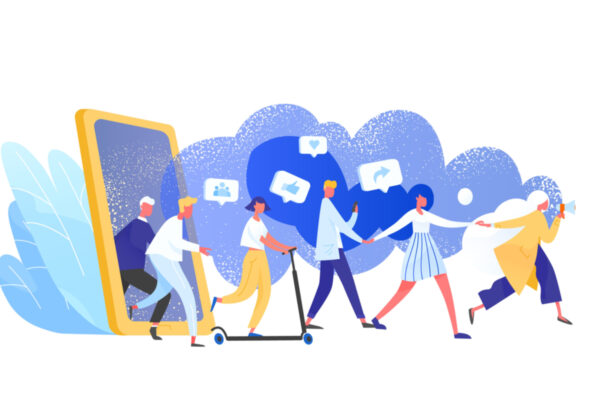When finding out life-changing news, whether good or bad, some people prefer to receive information as soon as possible. Others wish to receive and process bits of information over time or wait until the last minute to hear the news. Economists have tended to ignore consumers’ attitudes toward how information is disclosed.
A team including a Washington University in St. Louis economist lays the theoretical foundations that allow economists to take into account consumers’ preferences over how and when information is disclosed. The researchers, including two from Princeton University, created a model in which people react better when the news is revealed in the manner they are most comfortable.
The consumers that populate standard economic models only care about the likelihood of each outcome when making choices. “In practice, however, people exhibit strong preferences over the way in which information is revealed, even when the probabilities of each outcome remain fixed,” said Paulo Natenzon, assistant professor of economics at Olin Business School at Washington University.
Natenzon partnered with Faruk Gul and Wolfgang Pesendorfer, both professors of economics at Princeton, in a new study in the journal Econometrica, titled “Random Evolving Lotteries and Intrinsic Preference for Information.”
“In our paper, we model agents’ preferences over random evolving lotteries (RELs), which describe, in probabilistic terms, how the beliefs of the agent change over time as the agent gathers more information about the likelihood of each outcome,” Natenzon said.
The researchers provide a new framework to analyze how people prefer to receive news in instances of possible risk, such as a health condition or a hoped-for promotion. “In organizations, leaving workers in the dark with too little feedback can be bad for morale. But overwhelming them with too much feedback too often can be just as bad,” Natenzon said. “Our work provides an analytic toolkit to precisely quantify the tradeoffs involved and find the sweet spot.”
The study addresses the difference between information-seeking and information-aversion behaviors. Some people are naturally bent to prefer surprise while others may be apprehensive when it comes to receiving news. Their model also can help explain the puzzling “ostrich effect,” which describes the tendency people have to become information seeking after learning good news, but information adverse when learning bad news.
“Many people bury their heads in the sand after receiving some bad news. The behavioral literature has shown that people’s preferences over information disclosure can be nuanced,” Natenzon said.
Natenzon believes that a study such as this one can help future research to try to map predictable patterns as a starting point in further exploration of potential attitudes toward receiving information. In the real world, people are more complex than what a model can predict on its own.
“This is a very active area of research, and having the right theoretical framework to guide our thinking about these issues can be the key to advance our understanding. The theoretical results we obtained in this study have allowed us to formulate new questions about information demand, and we are starting to test them experimentally in the lab, which is incredibly exciting.”
This work was supported by National Science Foundation grant SES-1426252.



